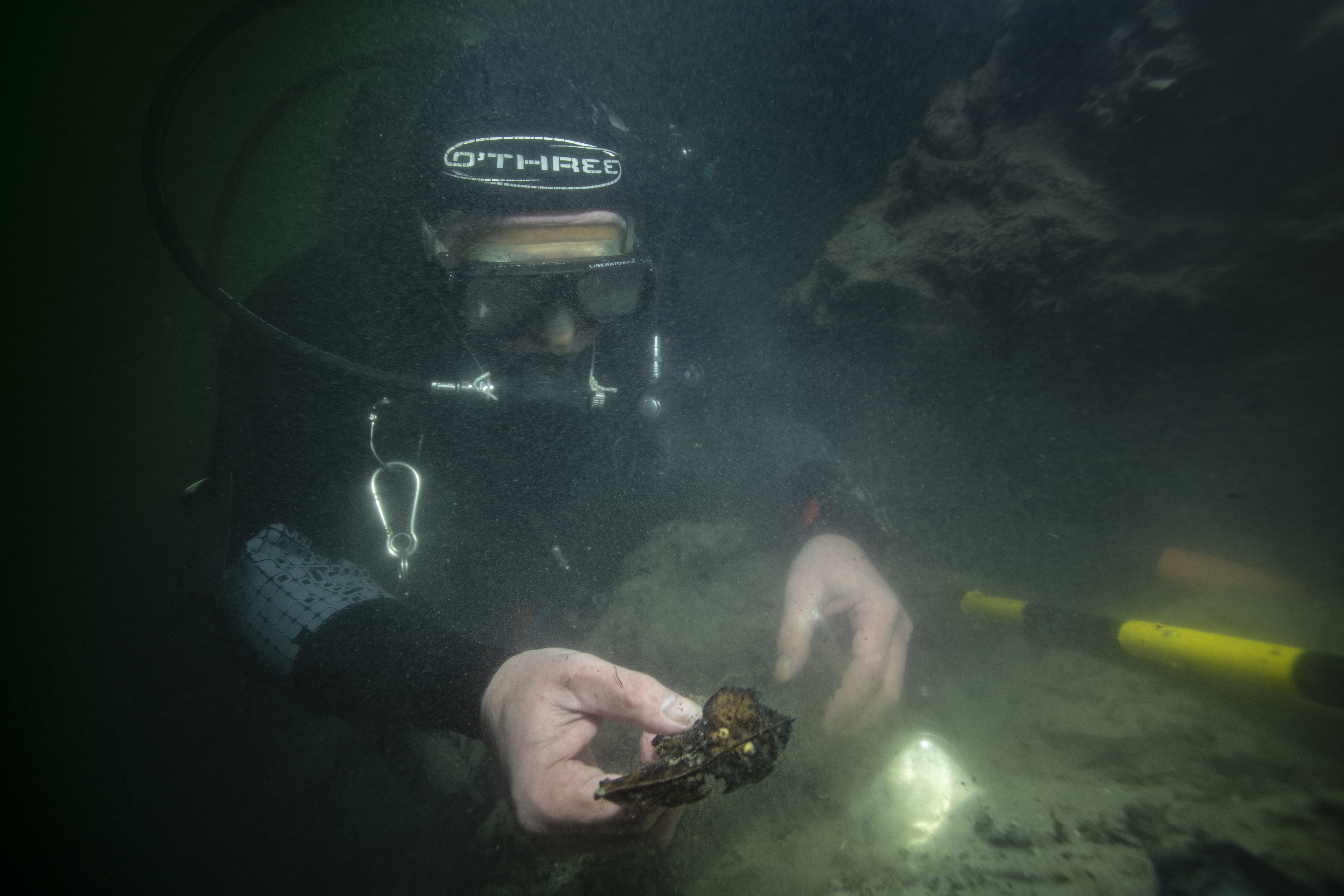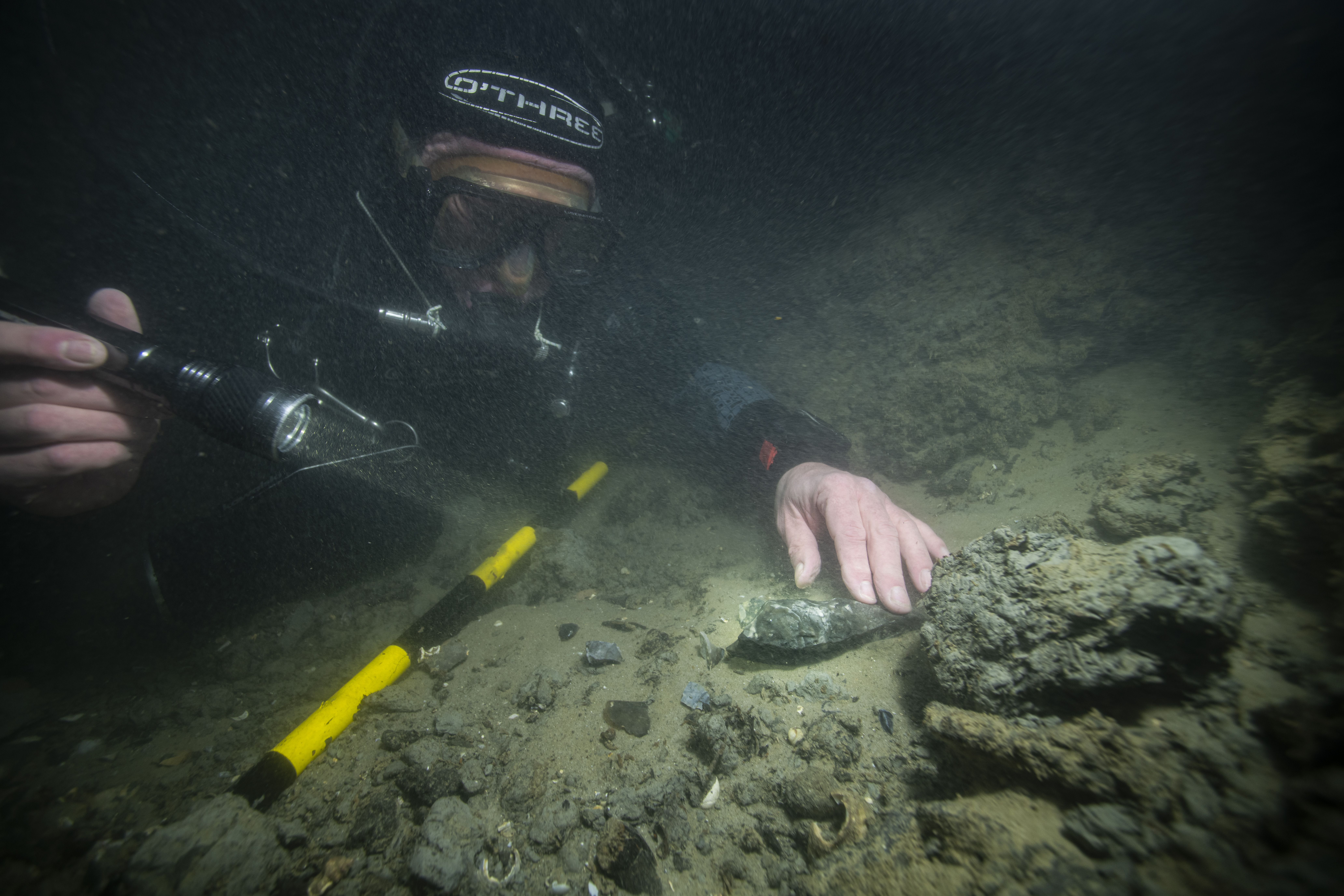 Led by a researcher from the University of Warwick, a new expedition is set to delve into Europe's pivotal Mesolithic Stonge Age site, Bouldnor Cliff.
Led by a researcher from the University of Warwick, a new expedition is set to delve into Europe's pivotal Mesolithic Stonge Age site, Bouldnor Cliff.
The expedition is a race against time to the submerged prehistoric settlement as erosion threatens its complete loss
Professor Robin Allaby, who is leading the expedition, said: "This is an incredible opportunity to understand the lost world in which the Mesolithic developed using the latest techniques before our chance is gone."
Bouldnor Cliff is a underwater Stone Age site lying in the Solent off the Isle of Wight where new DNA research will be key to understanding the Mesolithic era in Britain and its cultural connections to Europe.
During the time when rising sea levels cut Britain off from mainland Europe, evidence from the site reveals technology 2000 years ahead of its time. This evidence suggests intriguing connections to European stone tools and agricultural produce.

The unique settlement with the remains of 8000-year-old boat building activity has been uncovered over the past two decades as the sediments of the Solent erode.
Professor Allaby of the University of Warwick has assembled a Leverhulme Trust funded team with Garry Momber (CEO of the Maritime Archaeology Trust, Southampton) and Dr Tim Kinnaird (University of St. Andrews) to reveal the secrets of Bouldnor before they are lost.
Dr Kinnaird adds: "This is an exciting research project to showcase the new innovations in luminescence dating, which can tell when an object was last exposed to the Sun. The relevance of this technique in writing the narratives for 4000 years of history, at the time that the British coastline was rapidly changing, is huge!"
The team will carry out a comprehensive state-of-the-art palaeoenvironmental study of the site and the wider area of the Solent to understand how it evolved from the late Ice Age to the Mesolithic period and beyond.
They will use pioneering techniques such as optical simulated luminescence to date sediments and sedimentary ancient DNA (sedaDNA) to construct ecological profiles, as well as recover archaeological artefacts and environmental markers such as pollen and diatoms to reconstruct the past environment.
The team aims to determine what the late Ice Age environment in which the Mesolithic developed was like, and to what extent the people of Bouldnor Cliff were in contact with Europe exchanging materials such as exotic flora. Such findings have the potential to revolutionise our understanding of this period when island Britain was formed.






